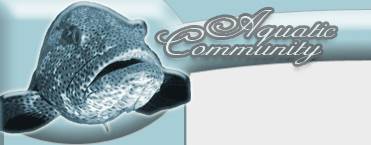Emperor Penguins
The largest of all penguins, the emperor penguins stand almost 4.2 feet tall and weigh 70-95 lbs. Found in the coldest of all habitats; they live and breed in fast ice all around the Antarctic regions. Emperor penguins thus become one of the select few species that can survive and thrive in the coldest climate on earth. The temperatures here can be often as low as -130 degrees and the Antarctic ice is one of the toughest of all environments for life. They are also the only birds that do not need to live on land throughout its life.
Survival becomes possible because of the oddly enchanting body shape of the emperor penguins. The short muscular wings help them to dive up to 900 feet in search of large fish. Emperor penguins are the biggest of the diving birds. They are good swimmers who can swim 10-15 kilometers an hour. This also enables them to escape from their main enemy – the leopard seals. Despite their amazing water skills, these birds are the least agile of all penguins. A thick layer of down under the outer feathers and a layer of blubber help them to keep warm. This layer of down traps the body heat and keeps cold air as well as water out. The large amount of body oil found on the surface of their body keeps the emperor penguin dry at all times.
While courting, males exhibit brilliant orange ear patches. The dark winter months in the Antarctic provides the fitting backdrop for mating. Males and females gather at the rookeries while mating, they neither build nests nor establish territories.
Female emperor penguins lay one large egg a few hours after mating. Immediately, the egg is rolled to the top of the males’ feet where it is kept for incubation. A thick fold of skin that hangs out from the male’s belly keeps the egg sufficiently warm. The males manage to survive by huddling into groups and staying that way for as many as 9 weeks or more. During this time, the females go back to the sea for food. The males do not eat food while they incubate, and in the time it takes for the eggs to hatch a male emperor penguin loses about half its body weight.
The parents take it in turns – when the eggs hatch, the females return to take care of the chick, thereby relieving the male from his weeks of forced starvation. He will now return to the open sea for a well-deserved meal. In a few weeks, the male returns, and both the male and female take turns feeding the chick with food from their own stomachs. Both parents contribute to keeping the chick warm. After about 7 weeks of care, the little chicks are ready to herd together into groups called ‘creches’ where they huddle closely packed for protection as well as warmth. The mothers return with food and each chick recognizes its mother from her call. In 6 months’ time, the chicks are fully grown. This time also coincides with the beginning of the summer season in the Antarctic. So, conditions are optimal for growth and survival. At this time, the new penguins visit the sea for food.
Emperor penguins are highly colonial. The extreme weather conditions also make these birds more tolerant of others in the group. While the adults huddle together for warmth, each male bird will take its turn in the outermost circle of the herd. Undernourishment due to extreme weather conditions may place the little chicks at risk. An early spring break up of ice may often lead to a total loss of rookery. If adult birds are unable to return to the sea in search of food, the little ones die out due to starvation.
Emperor penguins articles
Emperor Penguins HabitatEmperor Penguins Predators
Emperor Penguins Fact
Emperor Penguins Baby Fact
